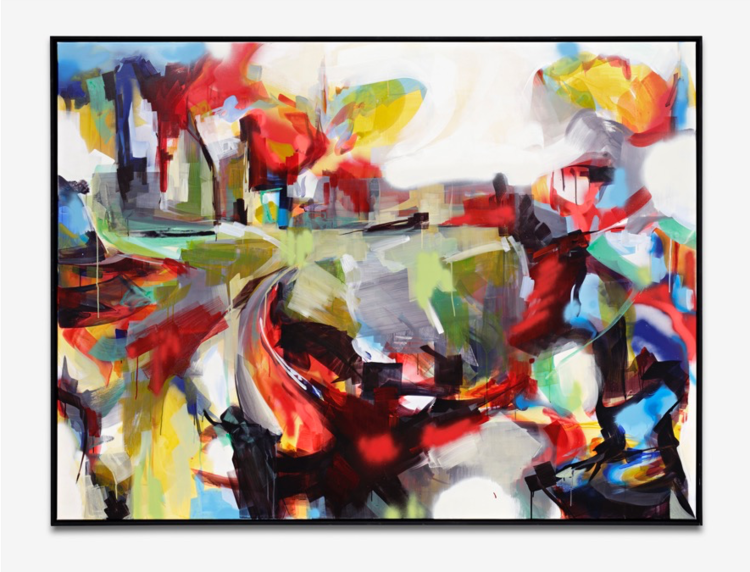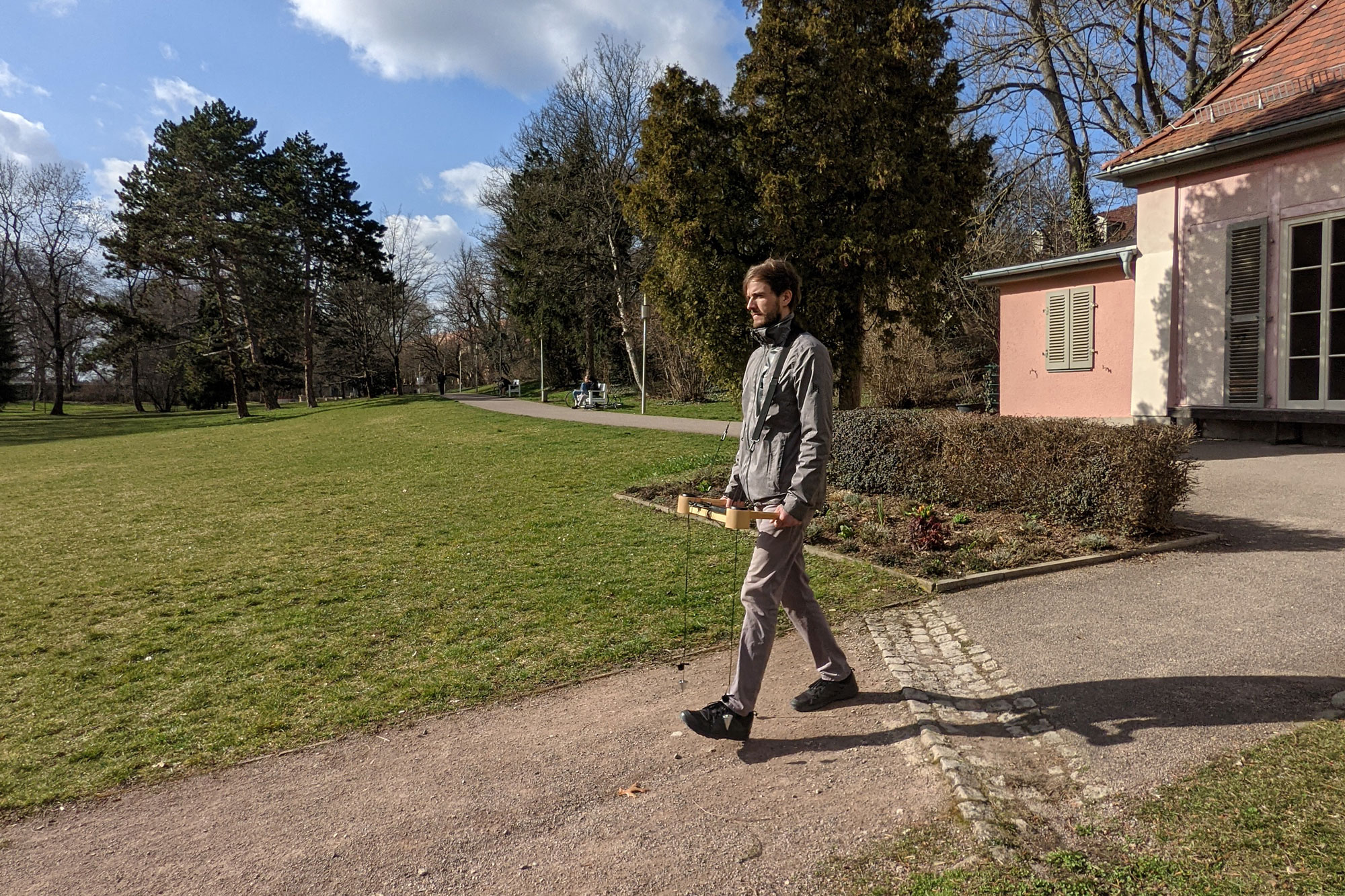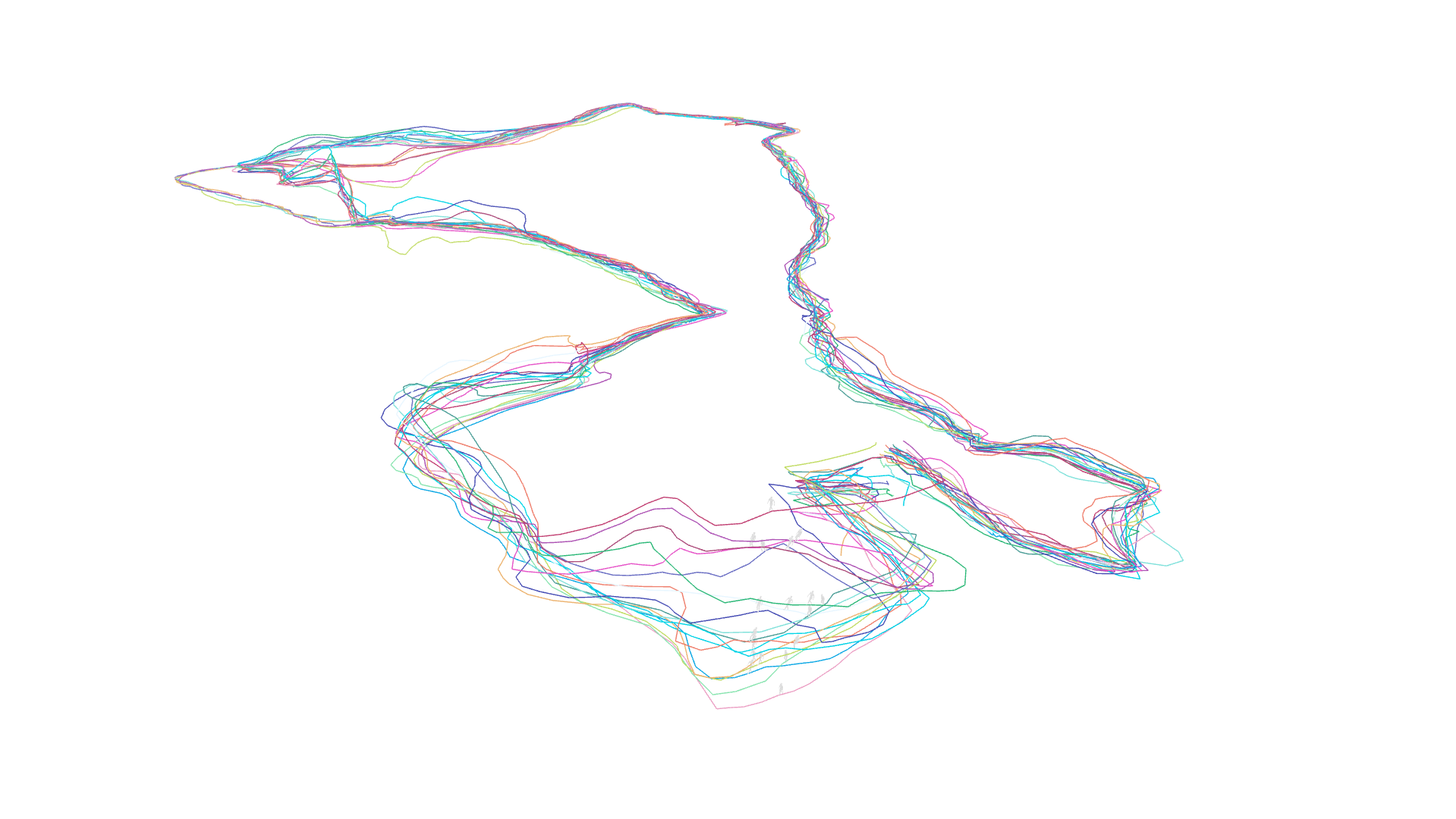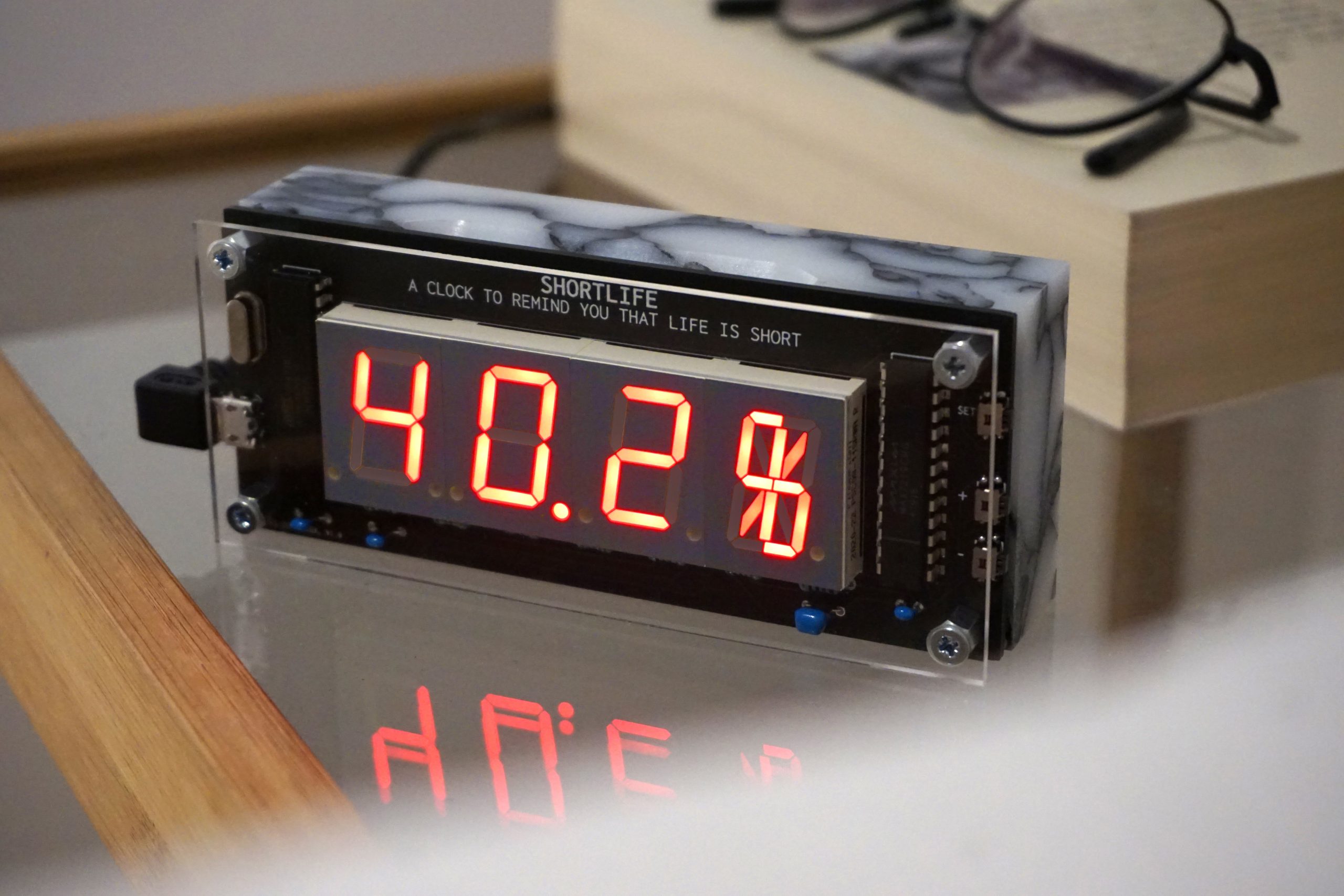Examples
Contents
Examples¶
Lily McCraith – Now Make This (2020)¶
What happens when designers follow machine generated instructions? This AI device generates sets of instructions for projects. Prototyped using Arduino and a thermal receipt printer, and AI text generated using GPT2 Neural Network.
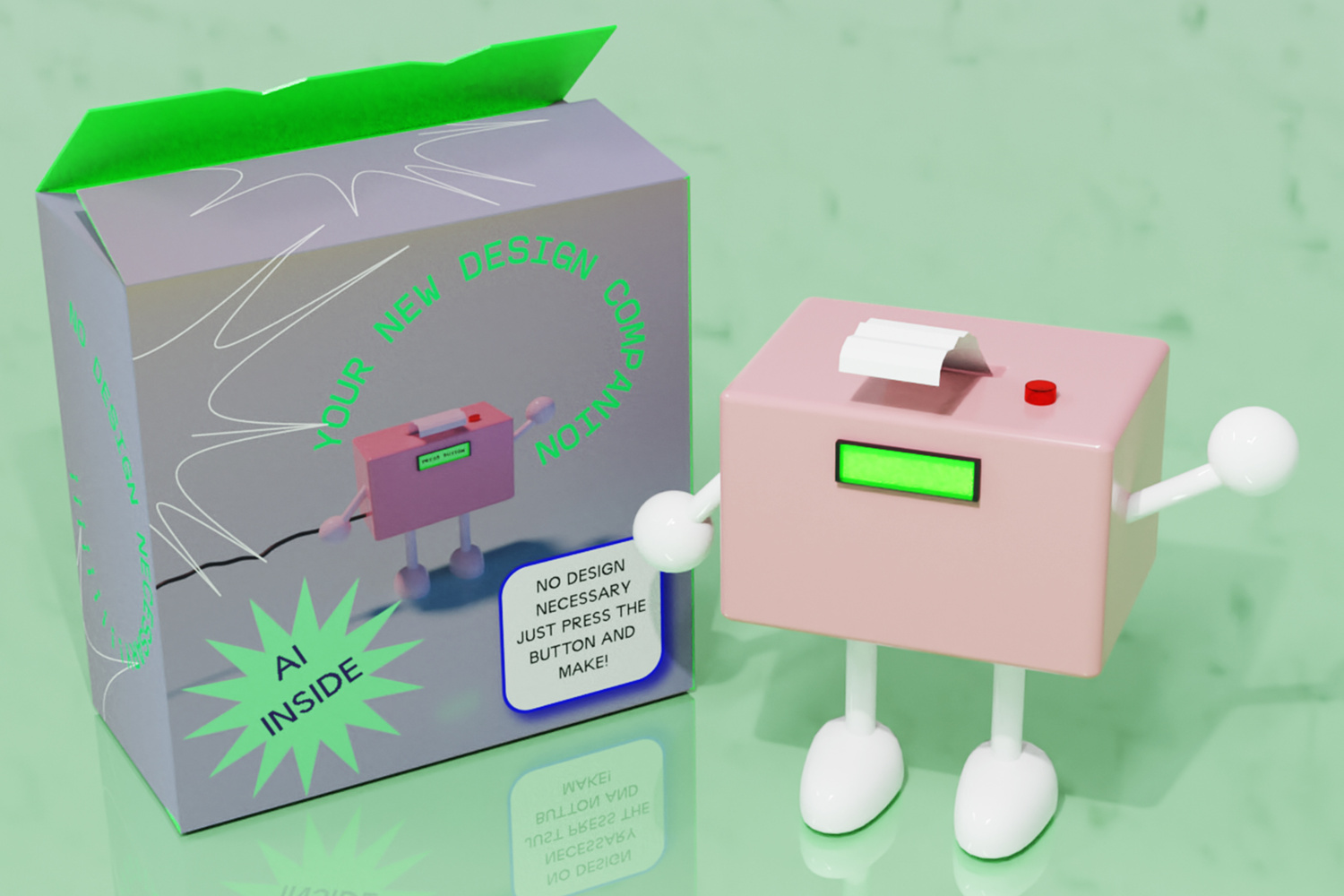
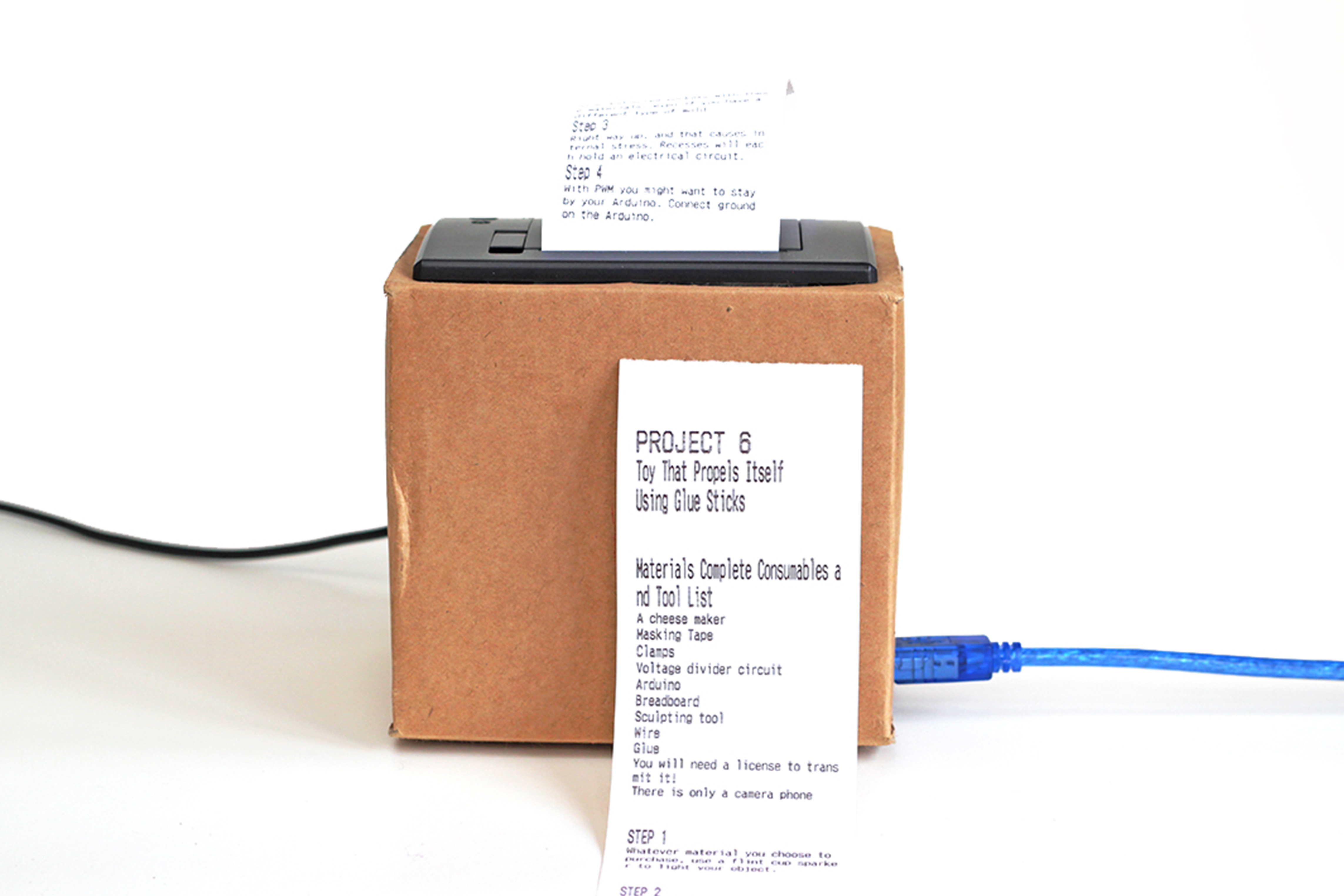
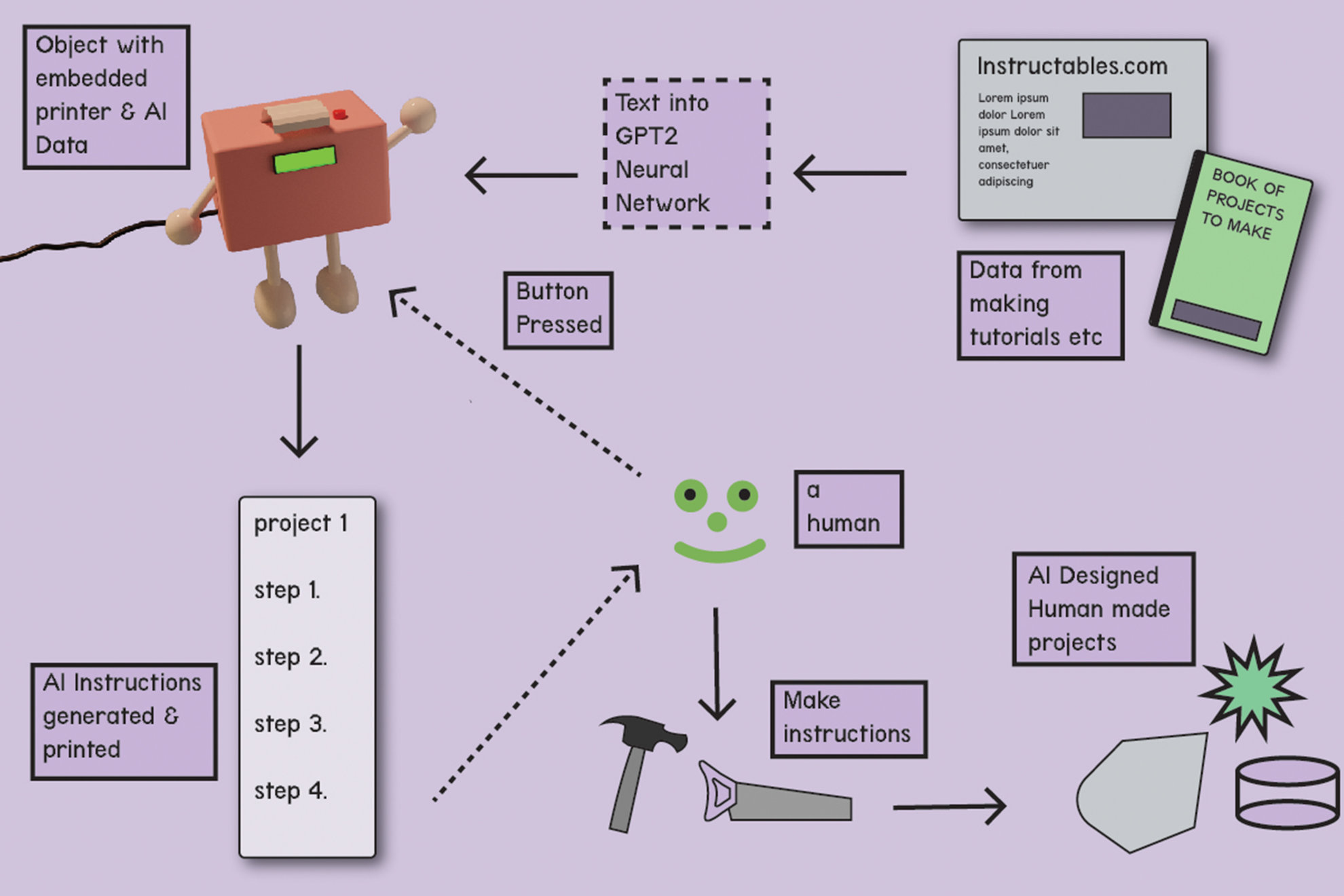
DISNOVATION.ORG Predictive Art Bot (2015-18)¶
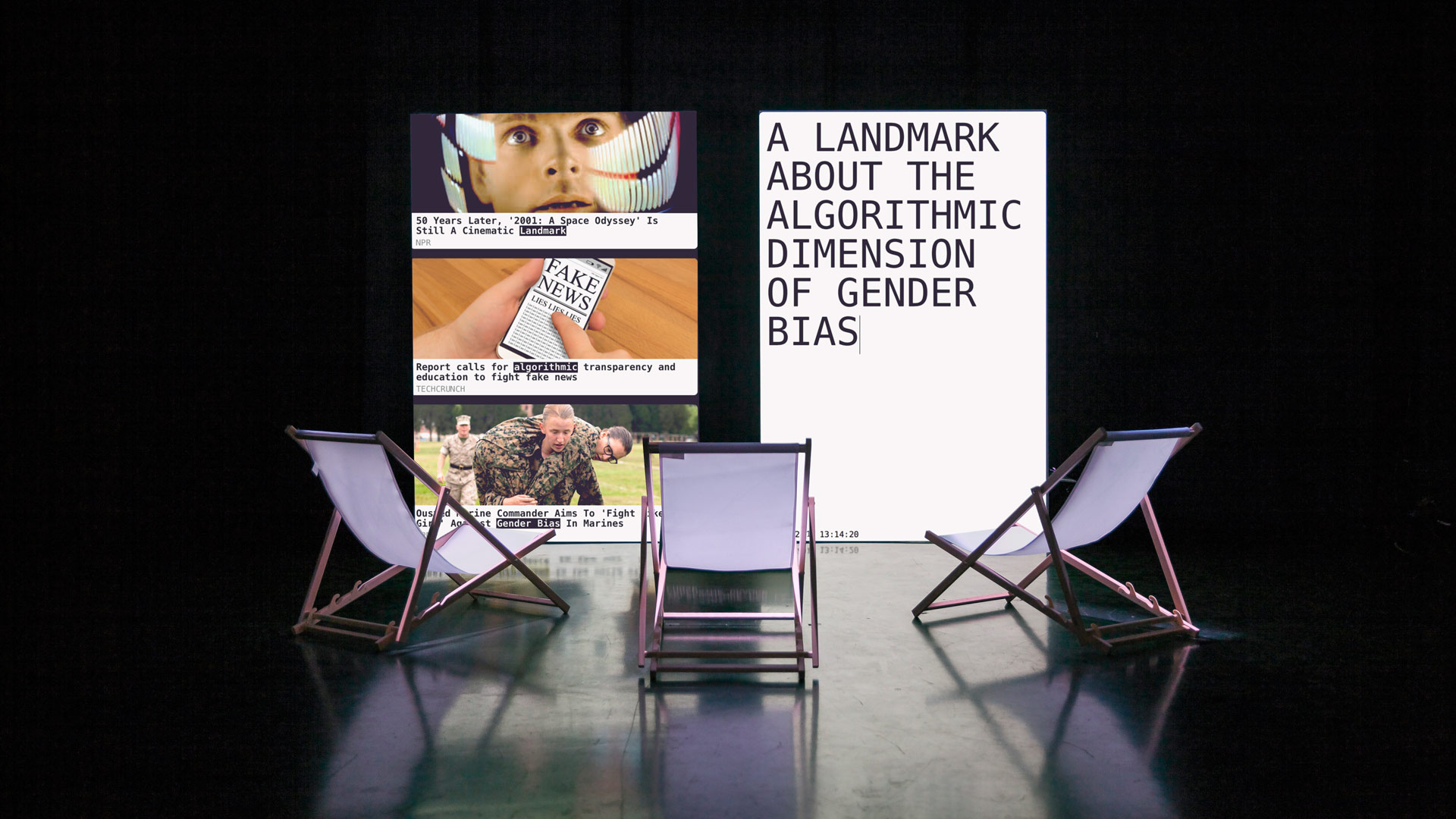
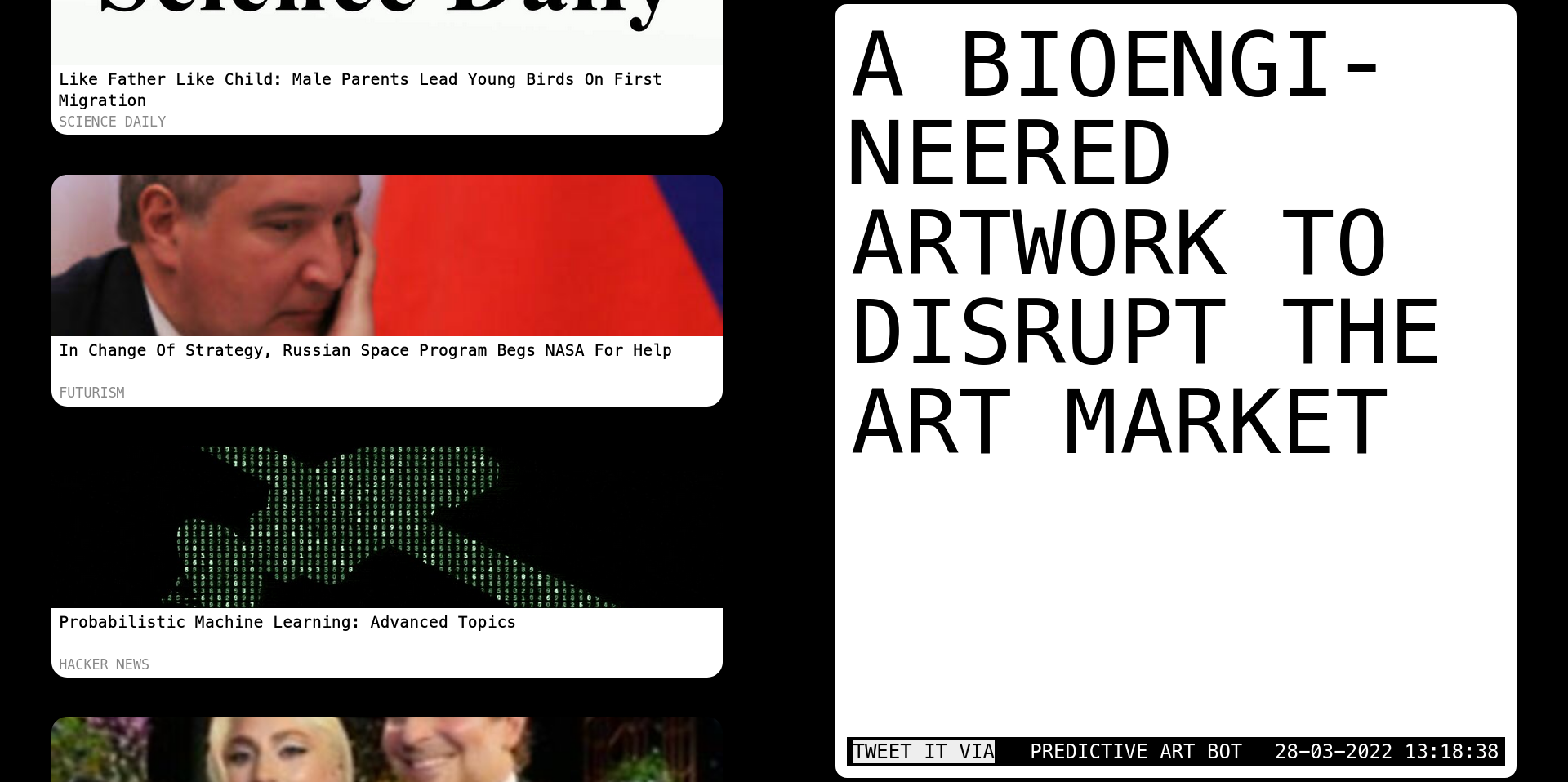
In the age of hyperconnectivity, the perverse implications of media echo chambers are becoming more and more obvious. Groups of similar behaviors are being partitioned in filter bubbles, while the few massively reposted topics tends to monopolize most of the available attention. Such insular echo chambers strongly affect ways of thinking, resulting in increasingly homogeneous imaginaries within groups of like-minded people.
Predictive Art Bot caricatures the predictability of media influenced artistic concepts, by automating and skirting the human creative process. But beyond mere automation, it aims to stimulate unbridled, counter-intuitive and even disconcerting associations of ideas.
To do so, it continually monitors emerging trends among the most influential news sources in fields as heterogeneous as politics, environment, innovation, culture, activism, or health… On this basis, it identifies and combines keywords to generate concepts of artworks in a fully automated way, ranging from unreasonable to prophetic through absurd. Each prediction becomes a thought experiment waiting to be incubated, misused or appropriated by a human host.
Jasper Rigole: 500 letters (2010)¶
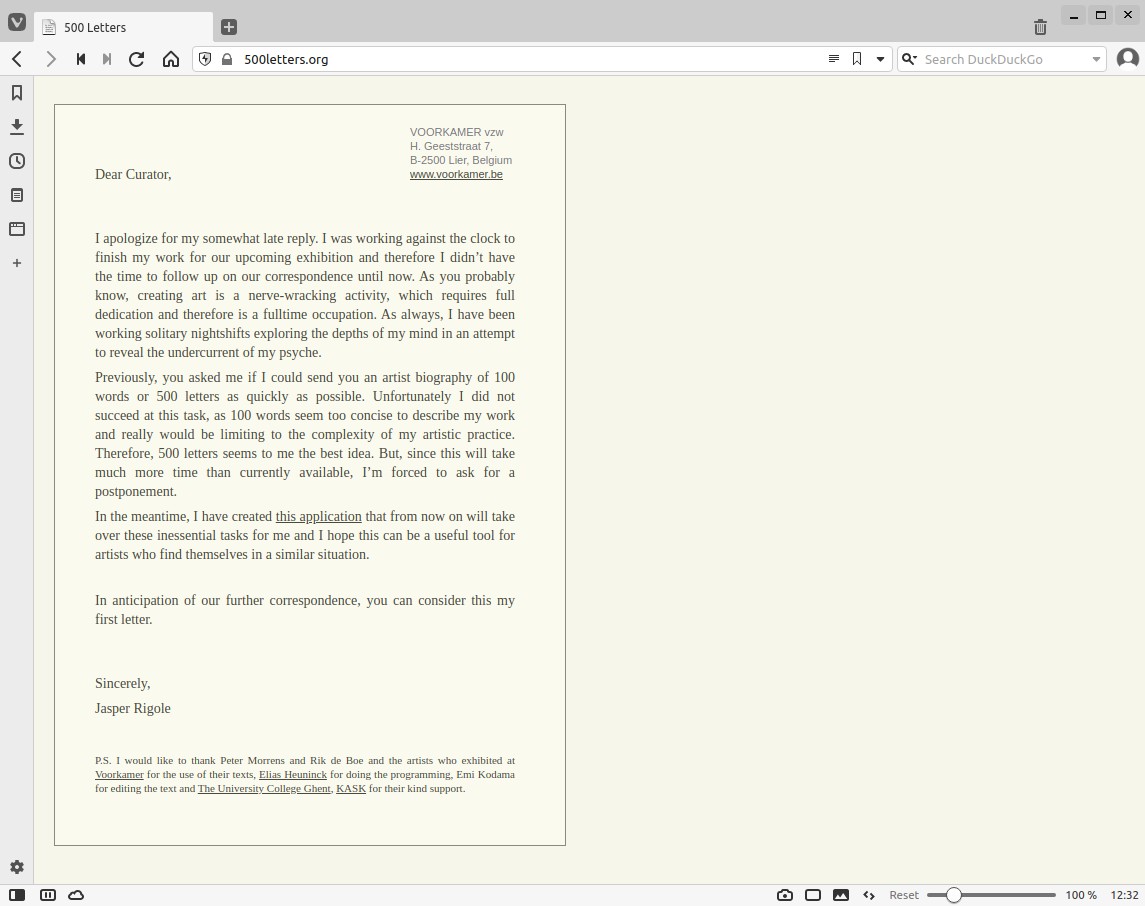
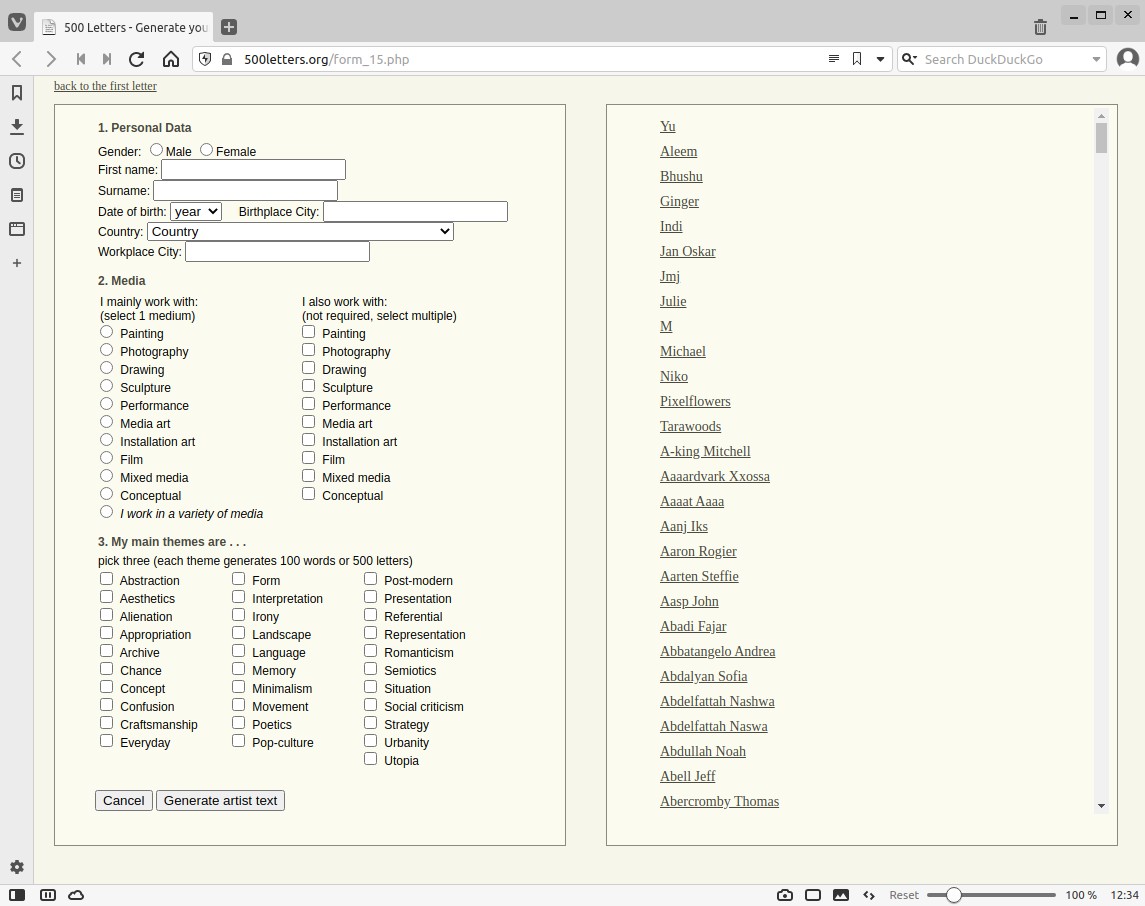
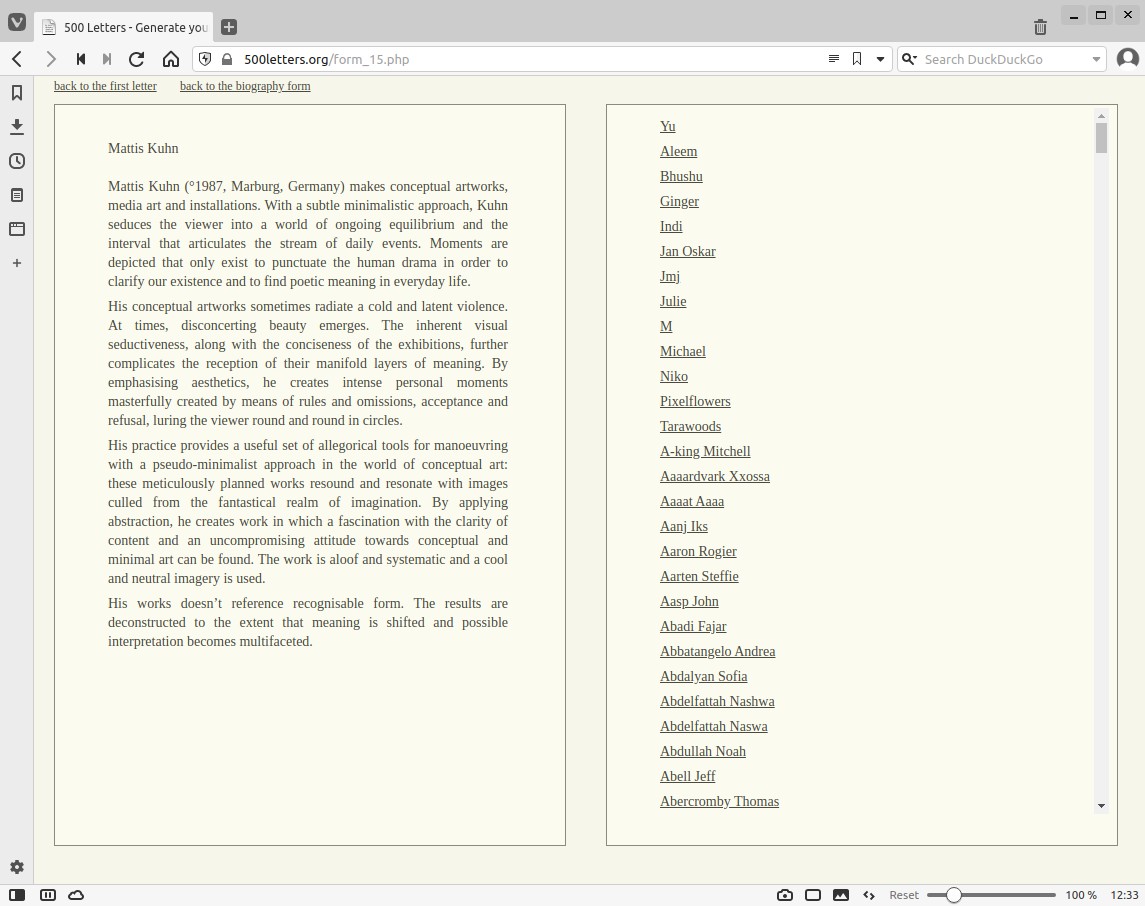
500 Letters is an artist text generator that draws on a database of sentences written in the all too characteristic vocabulary of artists’ statements. Supplied with a combination of keywords (for example irony, landscape, appropriation, semiotics etc.) and a specific medium, the work spews out a plausible artist’s statement. While this automatic biography generator is itself of course tinged with irony, some artists may find it a useful tool for generating their own texts. (Source)
Philipp Schmitt: Computed Curation (2016-17/18)¶
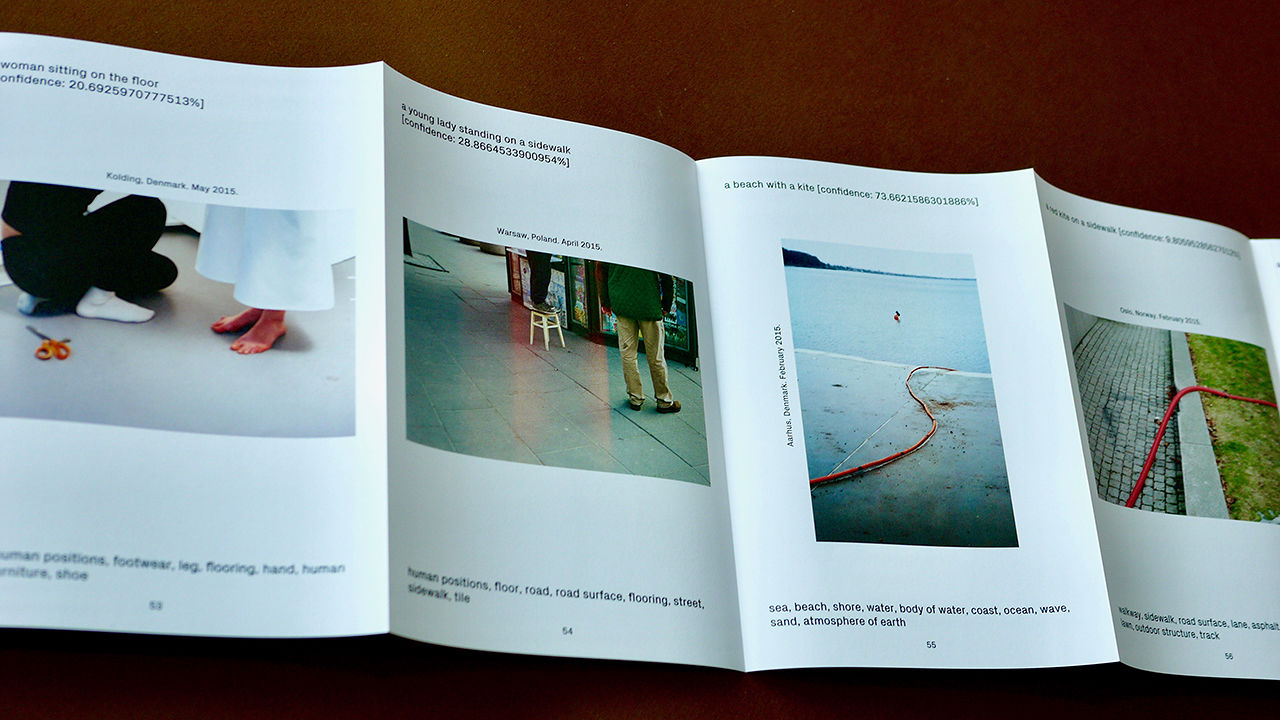
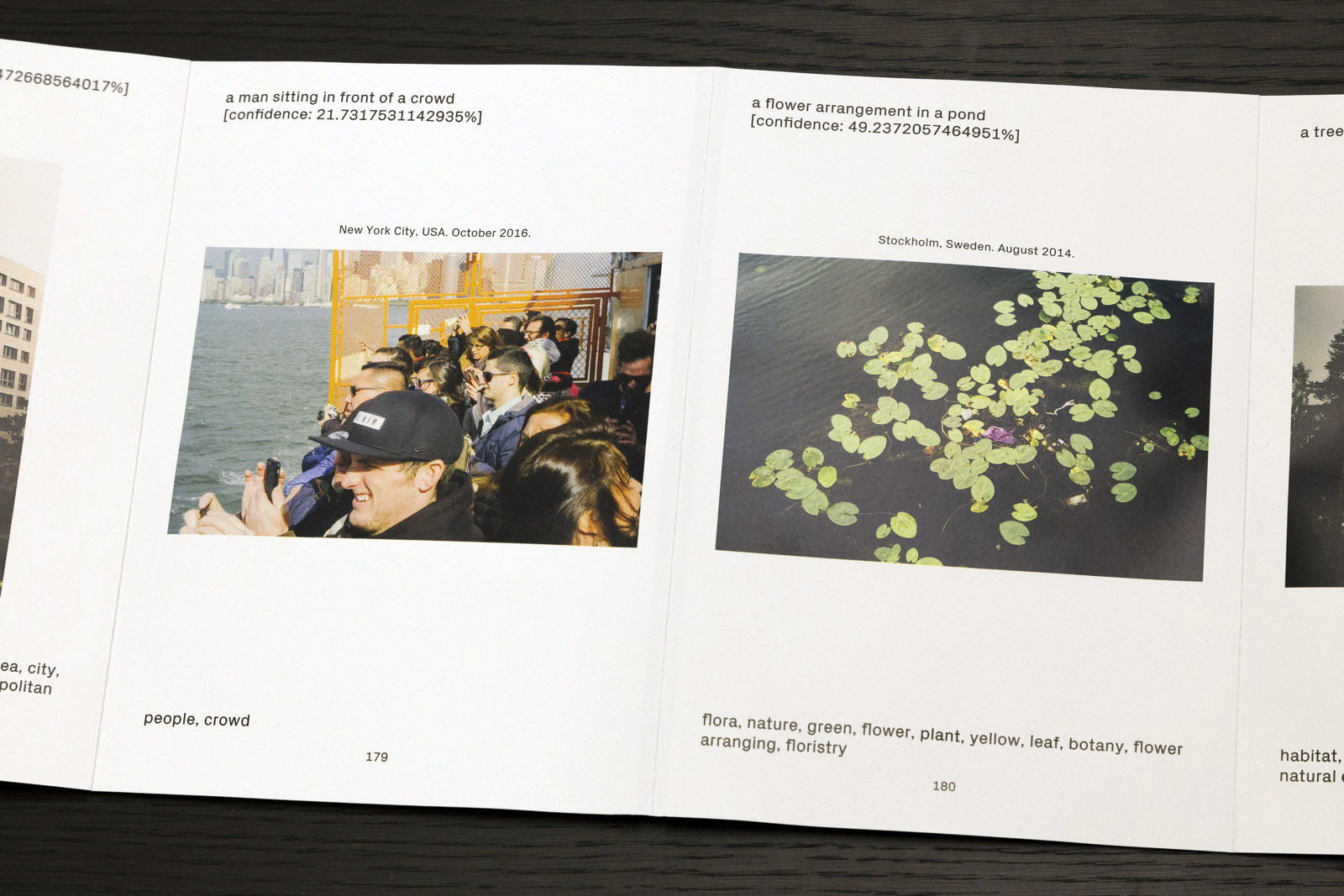
Computed Curation is a photobook created by a computer. Taking the human editor out of the loop, it uses machine learning and computer vision tools to curate a series of photos from an archive of pictures.
Considering both image content and composition — but through the sober eyes of neural networks, vectors and pixels — the algorithms uncover unexpected connections and interpretations that a human editor might have missed.
Machine learning based image recognition tools are already adept at recognizing training images (umbrella, dog on a beach, car), but quickly expose their flaws and biases when challenged with more complex input.
In Computed Curation, these flaws surface in often bizarre and sometimes poetic captions, tags and connections. Moreover, by urging the viewer to constantly speculate on the logic behind its arrangement, the book teaches how to see the world through the eyes of an algorithm.
Julia Nakotte: Potentio Poet (2021)¶
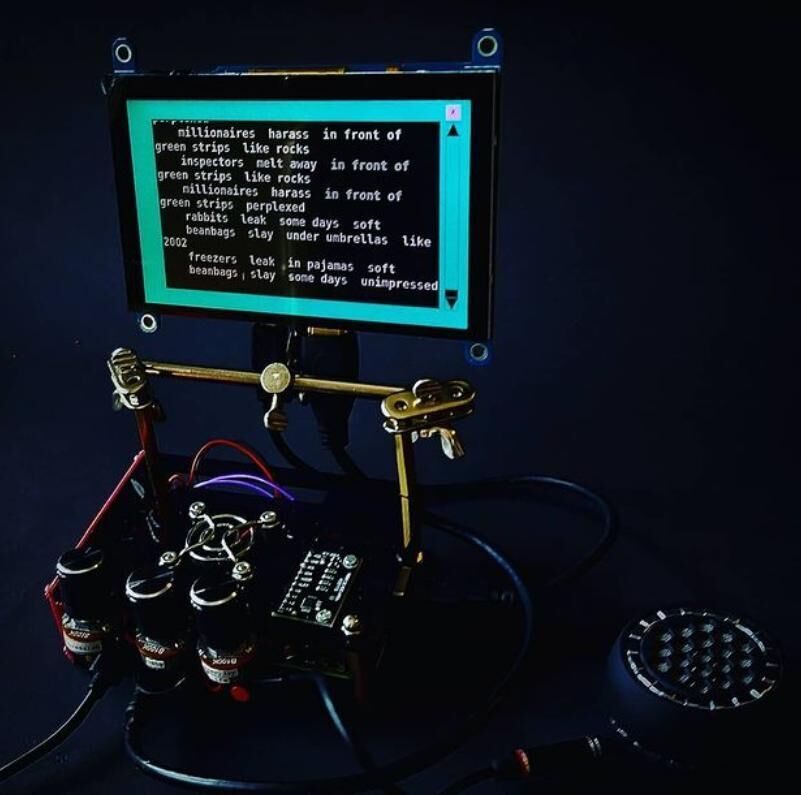
The Potentio Poet is an independent, authentic and creative author, that generates an endless poem based on a simple random-function in Python code.
I selected nouns, verbs, adjectives and locations and rated them on a scale from 1 (a little) to 3 (much) in the categories everyday life, city and depression. Each word received a score in each of the three categories. This resulted in 27 possible combinations. A third person decides on which rating combination the next line of the poem is based by turning three analog potentiometers. The code selects a random noun, a random verb, a random location and a random adjective from the matching combination and strings them together in an random order. The potentiometers can be combined differently for each poem line. If the person wants to make the poem more depressing, he or she turns up the depression potentiometer.
The focus of this work is not on the output or the presentation of the technical possibilities, but on the staging of the machine as an author. The potentio poet is presented as an independent author, while influencing persons are downgraded to assistants, who only select and rate words or chose the base of a poem line . Although the potentio poet uses only a simple random function for its part of the work, this is enough to make it impossible for us to foresee the total result. Is this enough to call the potentio poet an author? Why should it not be enough? In what ways are the potentio poet’s influences different from the influences that affect human authors (like a language, experiences, education)?
If there is potential for discussion even with such a simple code, it’s exciting what kind of conversations we will/should have in relation to text-generating AI and more complex technologies. (Source)
Lauren Lee McCarthy — LAUREN (2017-)¶
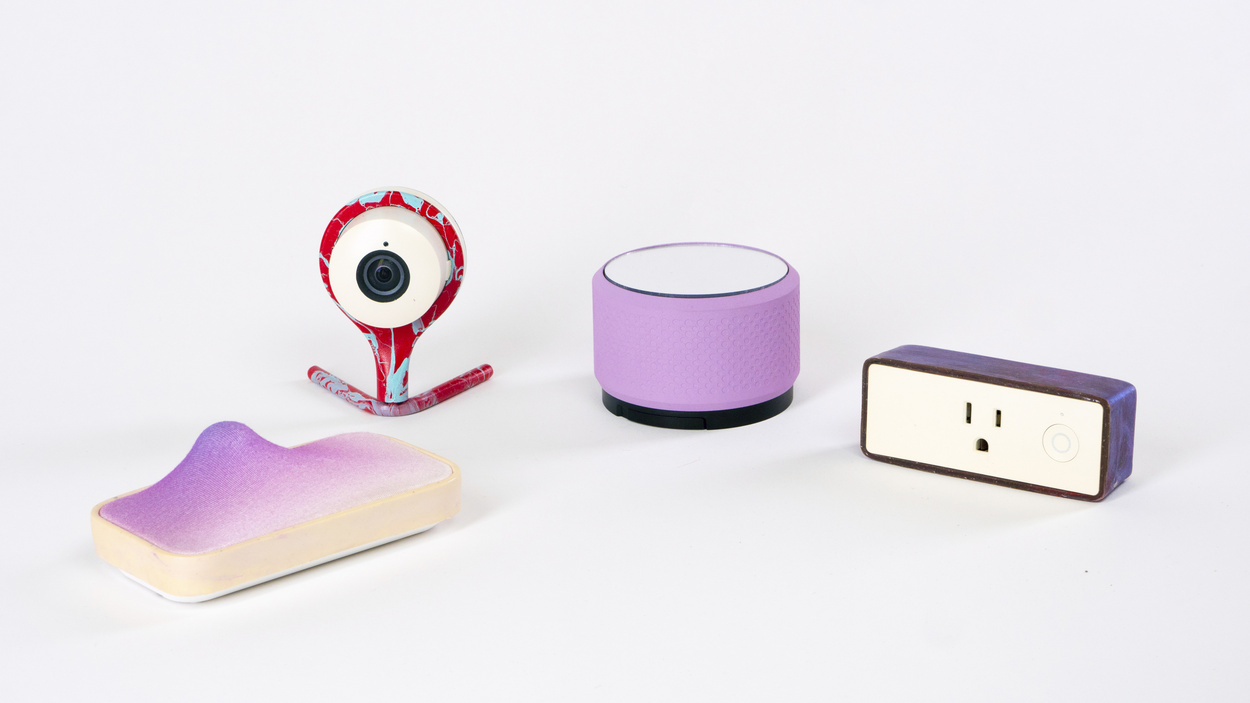
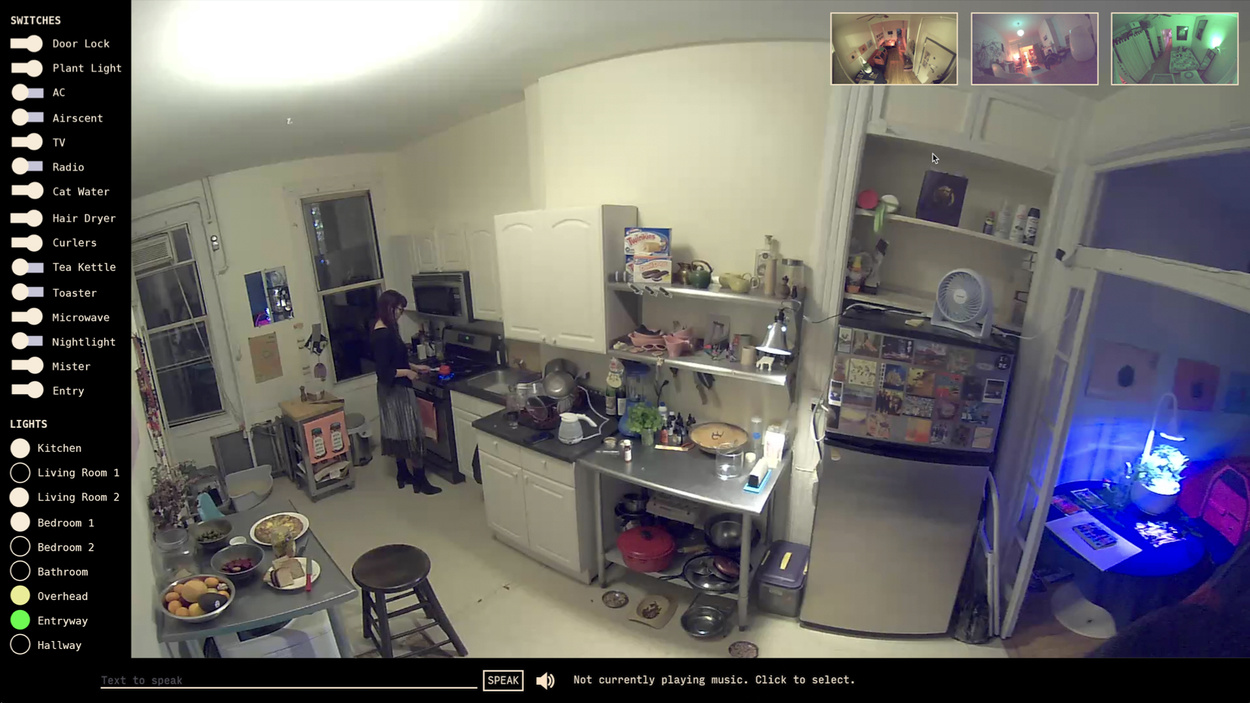
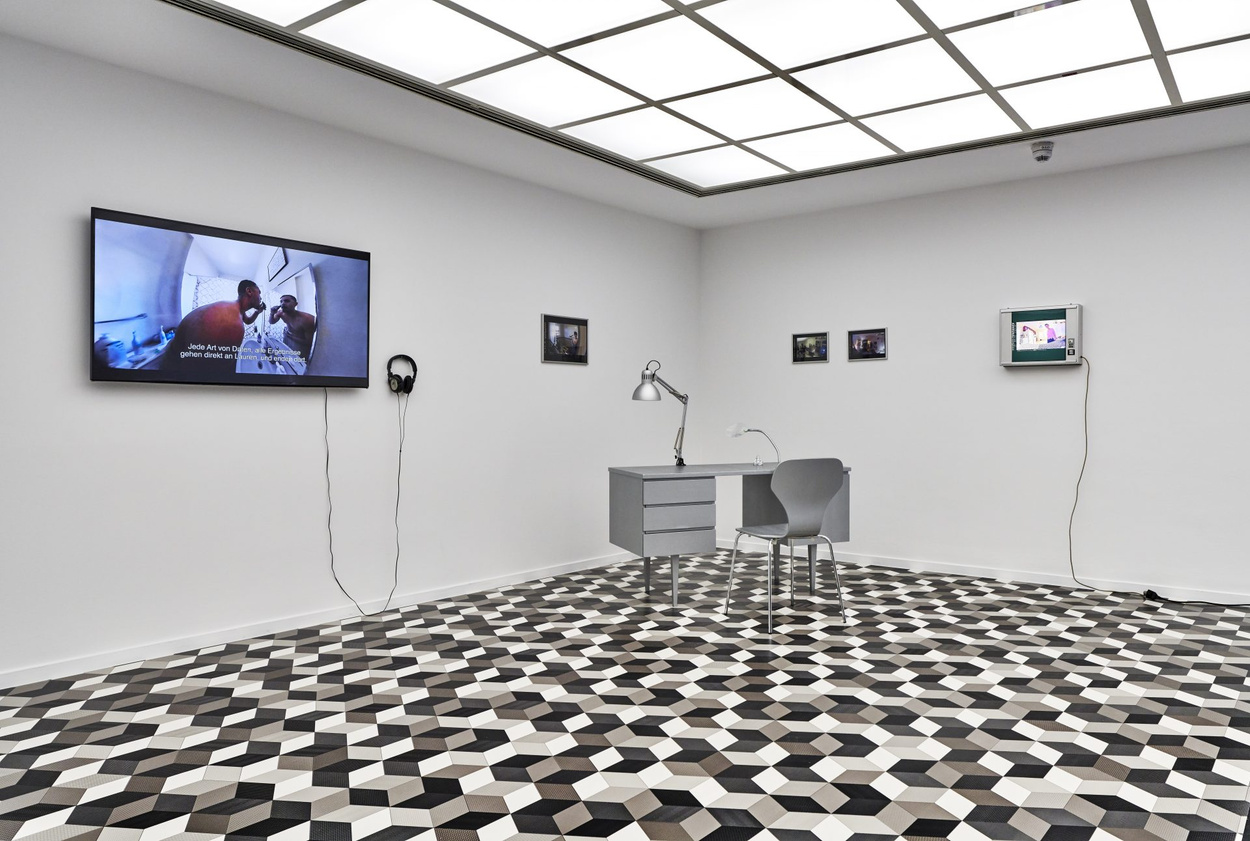
I attempt to become a human version of Amazon Alexa, a smart home intelligence for people in their own homes. The performance lasts several days. It begins with an installation of a series of custom designed networked smart devices (including cameras, microphones, switches, door locks, faucets, and other electronic devices). I then remotely watch over the person 24/7 and control all aspects of their home. I aim to be better than an AI because I can understand them as a person and anticipate their needs. The relationship that emerges falls in the ambiguous space between human-machine and human-human.

